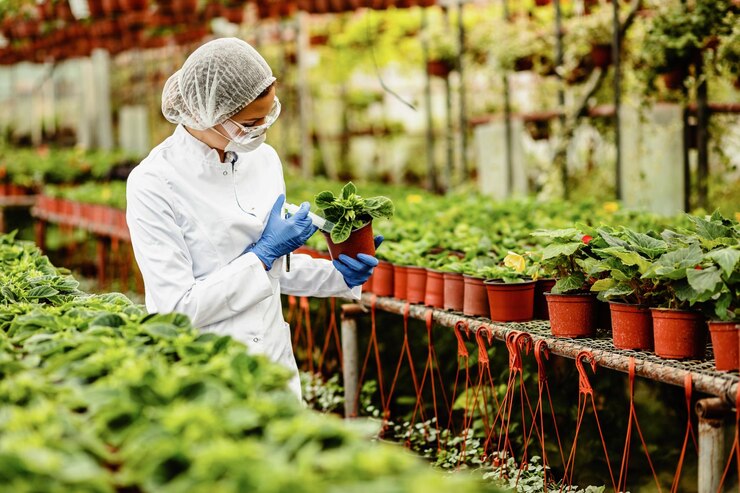While both the fertiliser and food subsidies continue to be open-ended, with potentially spiralling fiscal costs, a series of administrative and technology-enabled improvements in the two distribution chains, coupled with new products like nano urea, holds up the promise of considerable savings to the exchequer. These reforms would also produce better nutritional outcomes, besides having a salutary bearing on the environment. Consumption of urea this fiscal is likely to be 8% less than in FY23 due to the use of liquid nano variant, fertiliser minister Mansukh Mandaviya said recently. Because of this and higher domestic production, import of urea, the soil nutrient that accounts for 70% of the fertiliser subsidy bill, declined more than a fifth on year in 2023. Further spread of nano urea consumption and the start of a new large urea plant (Talcher) by September would lead to elimination of imports in two-three years. Of course, natural gas, the expensive feedstock, would still need to be imported in large quantities as LNG, as domestic production of the hydrocarbon isn’t growing fast enough.
Imports of two other fertilisers—DAP and MoP—would also continue unabated, due to the lack of domestic raw material deposits, and are a cause of worry. The government couldn’t implement the “fixed-rate-subsidy” policy with regard to phosphorus and potassium fertilisers announced in 2010, due to elevated global prices. Instead, it increased the subsidy on them significantly. Yet, the nutrient-based subsidy scheme that aims at the right NPK mix, and the focus on micro farm nutrients have been a boon for Indian farms. The reforms in the functioning of the Public Distribution System (PDS) are equally encouraging.
More than 95% of the foodgrains are now being distributed using electronic Point of Sale (ePoS) devices at the fair price shops, allowing biometric Aadhar authentication of the beneficiaries. Use of advanced data analytics is helping to gather information about the beneficiaries’ actual food-security needs and migration patterns. Simultaneously, the one-nation-one-ration-card scheme has made much headway. These reforms are the logical extension of the now-complete end-to-end computerisation of PDS operations, and the Integrated Management of PDS (IM-PDS) scheme. The Scheme for Modernisation and Reforms through Technology in Public Distribution System (SMART-PDS) launched last year will help prevent leakage of grains and enhance efficiency of the distribution chain.
These apart, Prime Minister Narendra Modi recently launched a five year, `1.25 trillion project to create modern grain storage facilities in the cooperative sector. The idea is to seamlessly integrate primary agricultural credit societies’ godowns with the food grain supply chain, and enable savings at each stage, including via reduced transportation costs. While India is still keeping grain stocks much higher than the (already-high) buffer norms, and there is political pressure to reinforce MSP procurement, these policy steps would help in curbing the subsidy outgoes. The importance of these reforms as an expenditure rationalisation tool has risen, with Modi’s decision to distribute the National Food Security Act (NFSA) grains to 810 million people over the next five years, free of cost. This announcement and a similar policy of keeping MRPs of subsidised fertilisers almost constant for years on, makes it more difficult to bridge the yawning gap between the economic cost of the grains/fertilisers and the “issue prices.” A steeper reduction in subsidy spending growth would require a rational review of the beneficiary pool. Information gathered via technology-enabled systems should be put to good use for this.

